In Paraty Friday is a good day to go to market!! I want to bring you a bit of a whirlwind photo tour. I've been regularly visiting this market for the last two years, and am often scribbling notes about the plants for sale or interviewing stall holders as part of my doctoral research on wild and semi-domesticated food plants and people's motivations for collecting and consuming them.
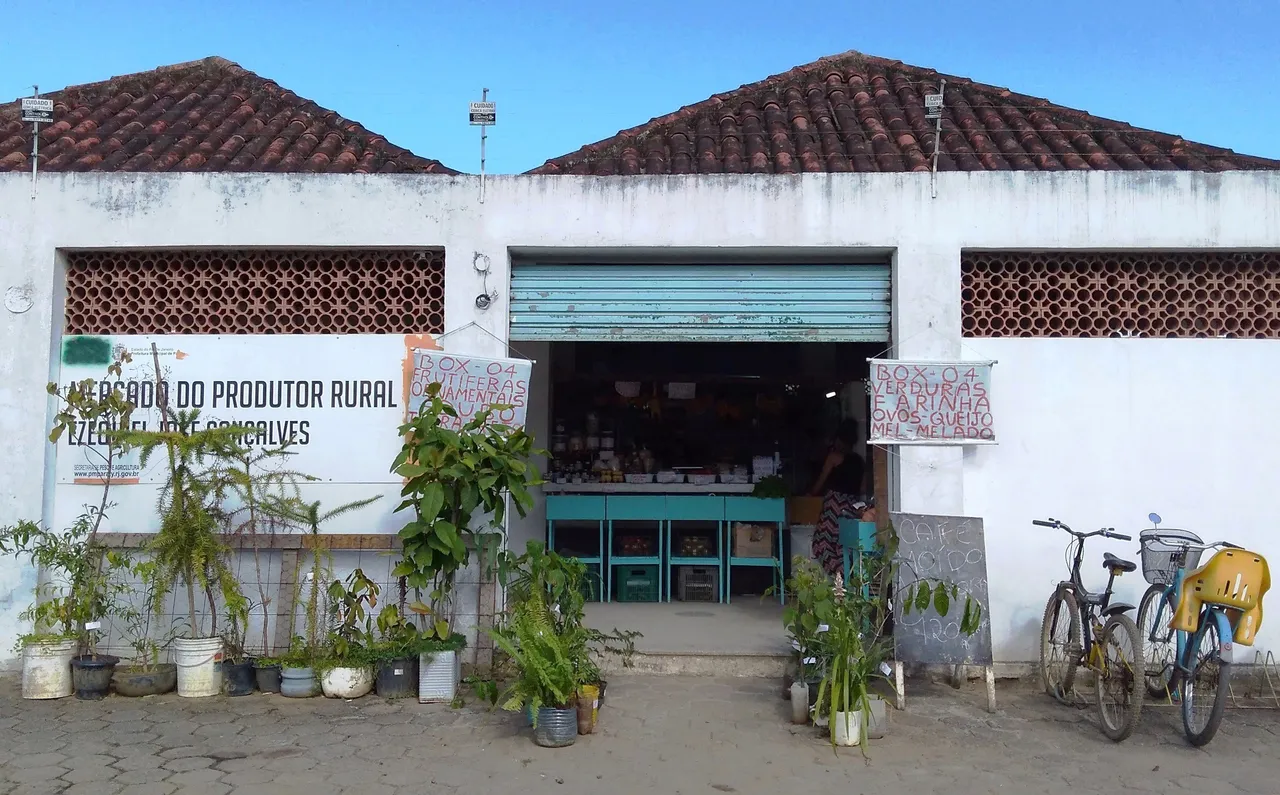
Various regular stall-holders
This is Rui and Senhor Eraldo. It's actually from a few months back this photo, check out the tucum palm fruit (Bactris setosa) also known as coco-natal (the Christmas coconut) which is a Christmas speciality. Also check-out the taioba leaves, do you remember that from my last post?
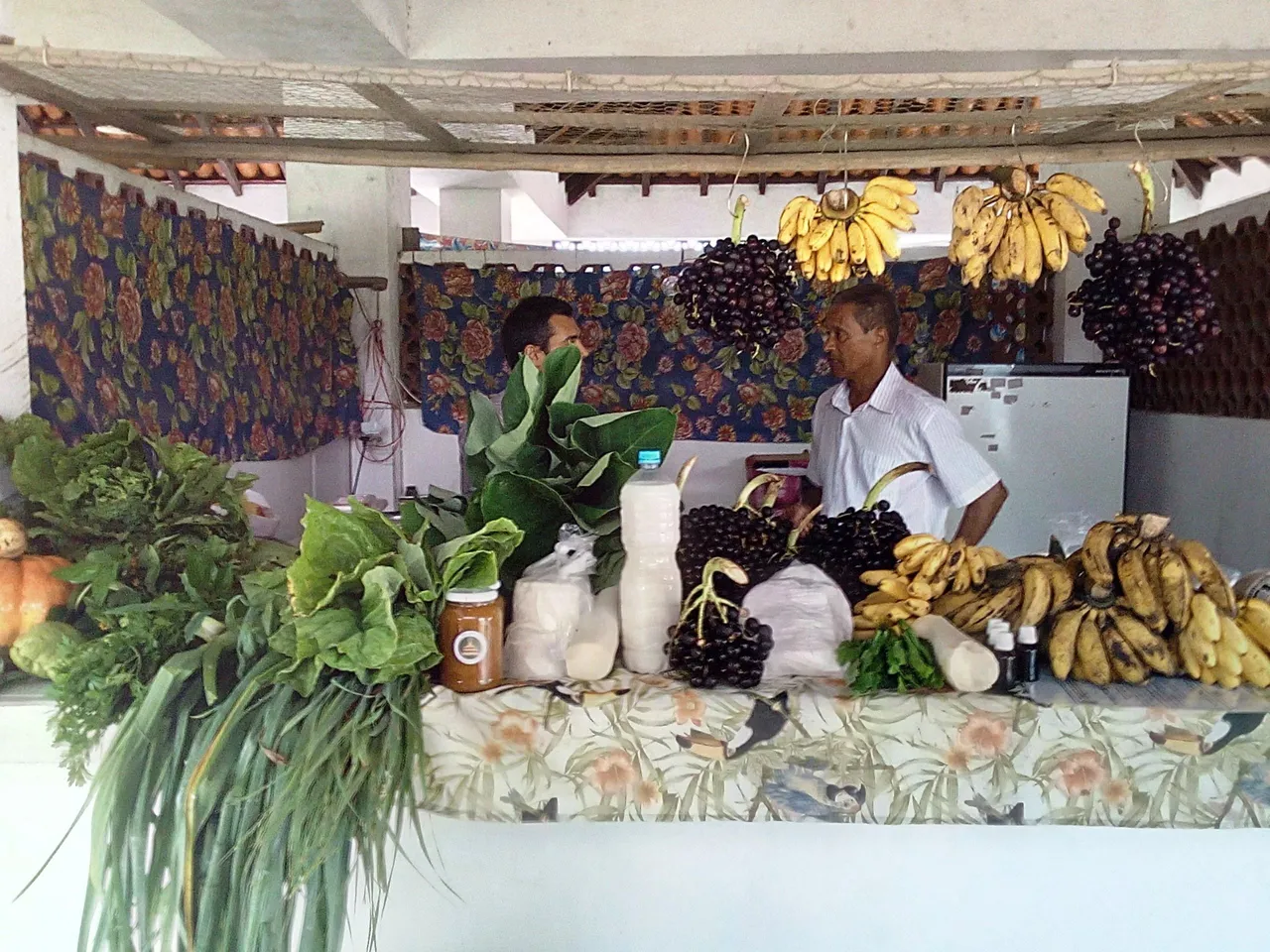
The stalls are full of home-made preserves and cheeses, free-range eggs and fresh produce, much of which has often been grown by the stall-holder themselves.
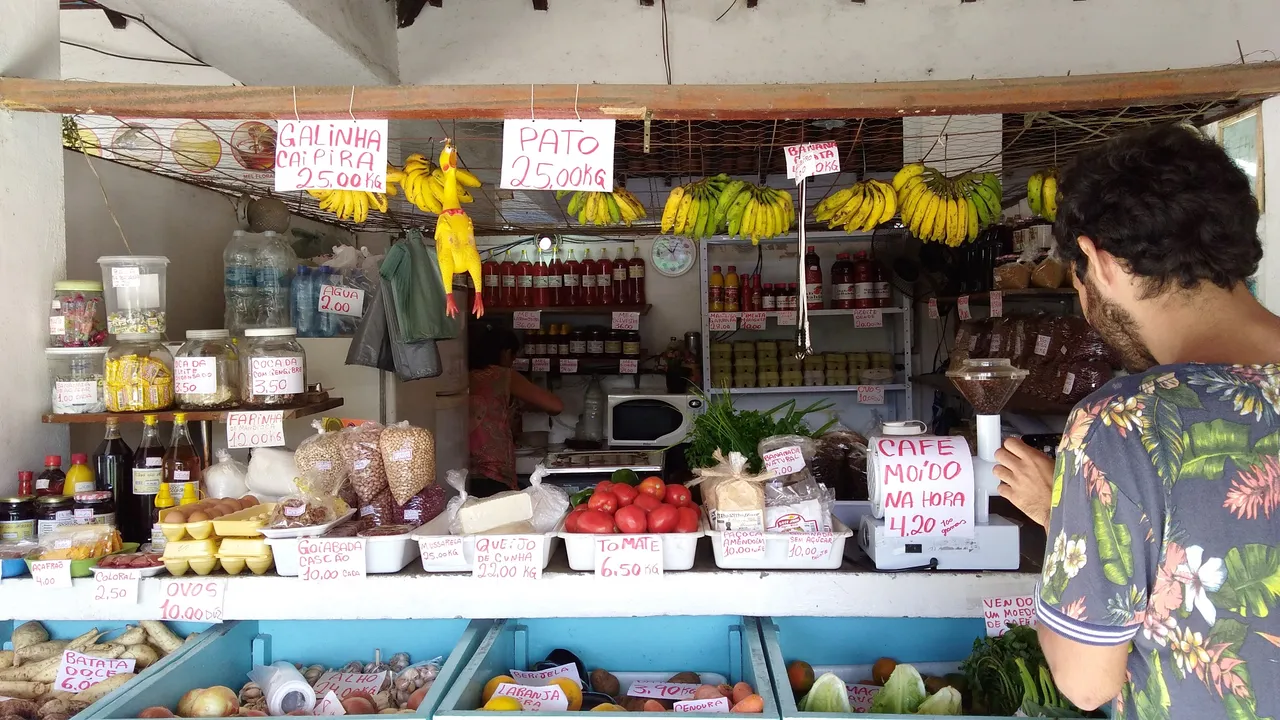

Check out the two litre bottle of caldo de cana (sugar cane juice), absolutely delicious.

Various local produce (and produce from Cunha & Minas Gerais)
Cupuaçu (Theobroma grandiflorum) and breadfruit (Artocarpus altilis). Cupuaçu is a much celebrated nutritious fruit, it is related to cacao. The outer cask is woody and thick with a fuzzy outside, and inside the pulp is white (surrounding seeds not unlike cocoa), with a rich fruity smell, like a mix of chocolate and pineapple, although it tastes more like a pear.
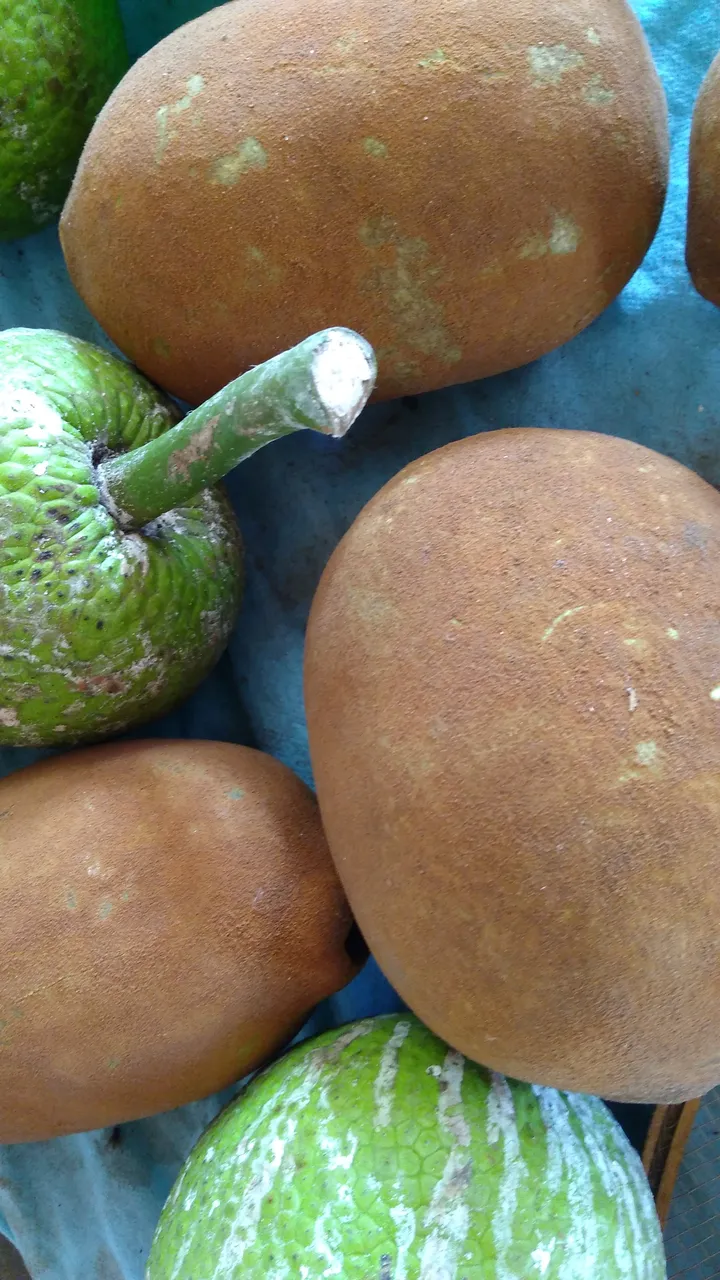
The local, often organic, produce is delicious, here we see toasted peanuts, various varieties of bananas (here you can see 'prata'), potatoes...
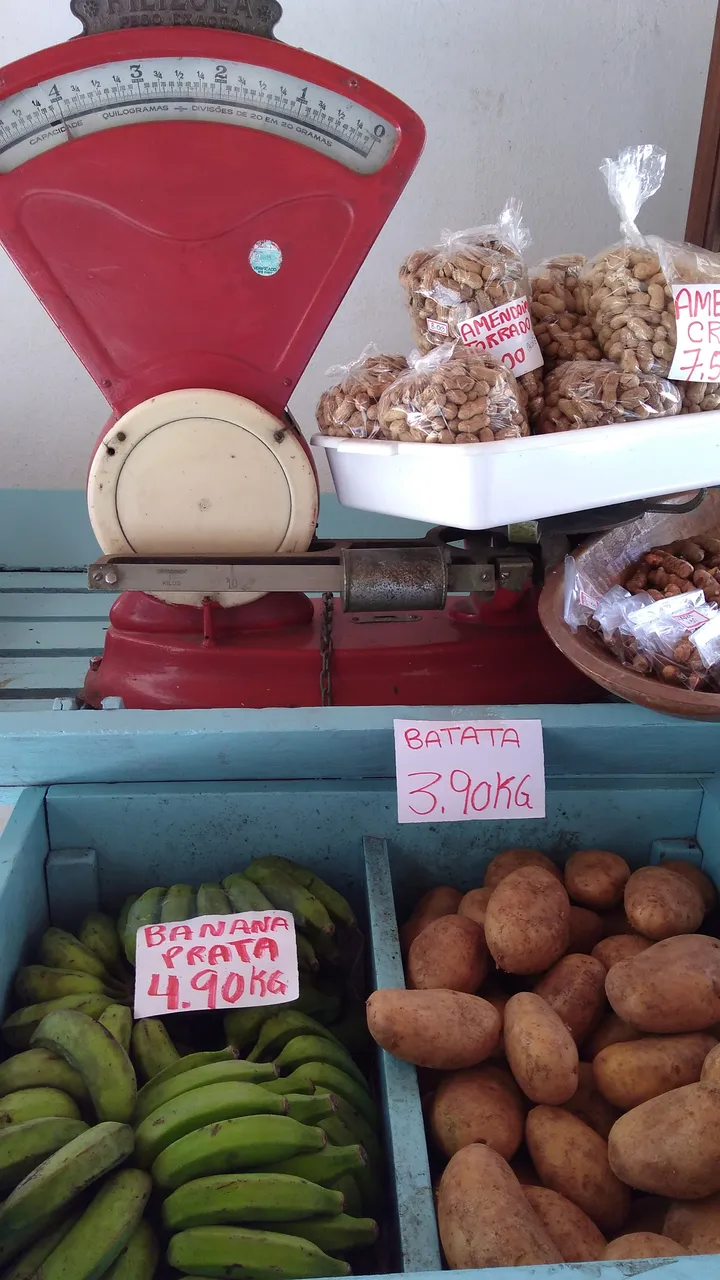
There are several honey producers in the region, some also gets imported from nearby Cunha or the neighbouring state Minas Gerais.

Wild turmeric, or açafrão (Curcuma aromatica) is grown locally and sold fresh or as a dried ground powder.

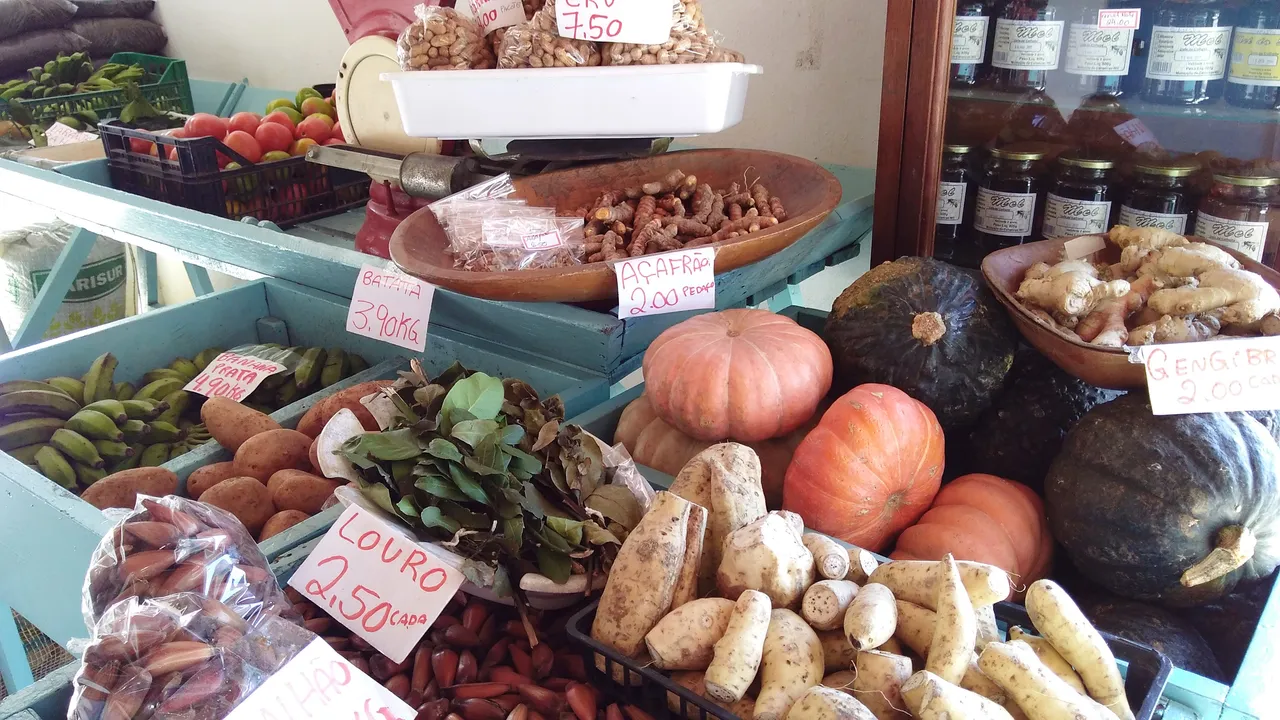
Pinhão are great big pine nuts from a type of pine tree (Araucaria angustifolia) that are common in Cunha, a town that is only about an hour away, but at a much higher altitude and which has a totally different climate from Paraty, much more Mediterranean-style, drier and colder, with forests of pine trees. Very different to the moist Atlantic rainforests of Paraty. You can boil these or toast them, very tasty!
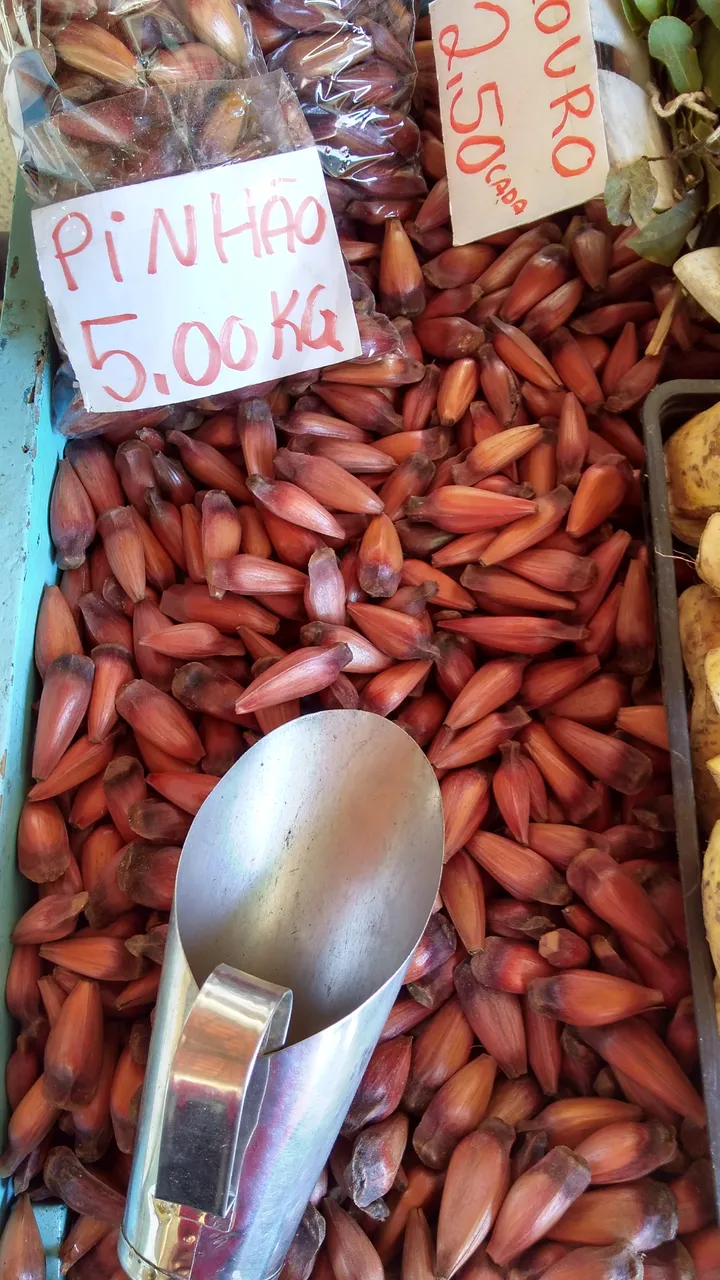
Peito de moça (Zanthoxylum rhoifolium), I want to find out more about this variety of funky giant citrus fruit.
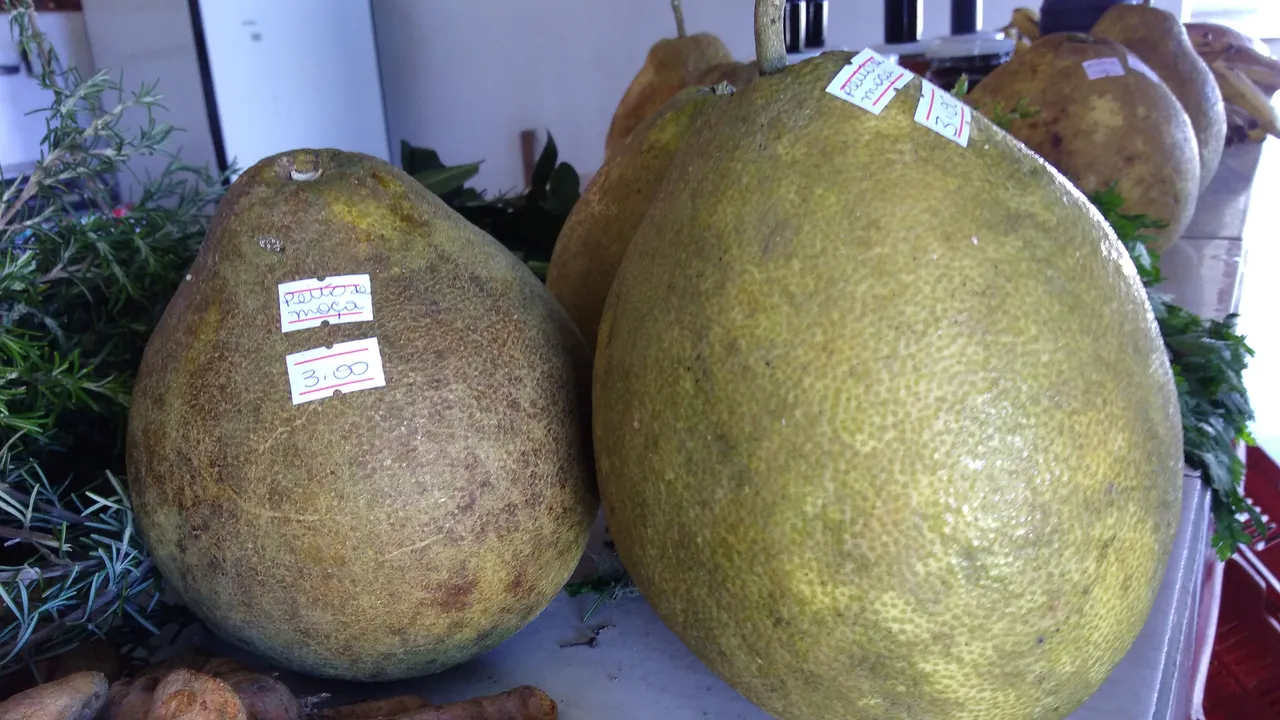
Cará-moela (Dioscorea bulbifera), a type of yam that has aerial bulbils.

Abiu (Pouteria caimito; native to the Amazon).
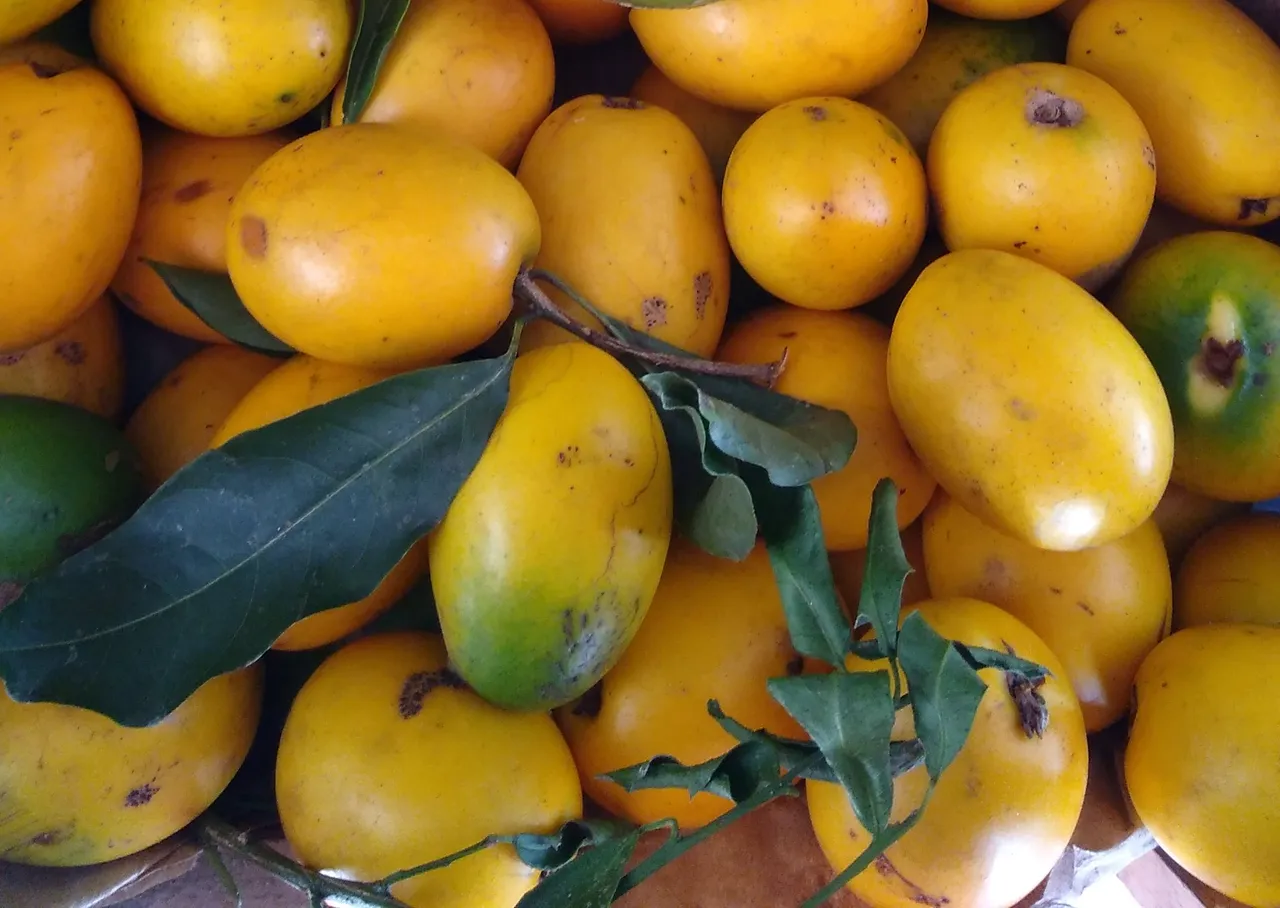
Noni (Morinda citrifolia; english names: great morinda, Indian mulberry, noni, beach mulberry, and cheese fruit), from southeast Asia and Australasia and now naturalised in much of the world. Has all sorts of medicinal, drink, food and dye uses.
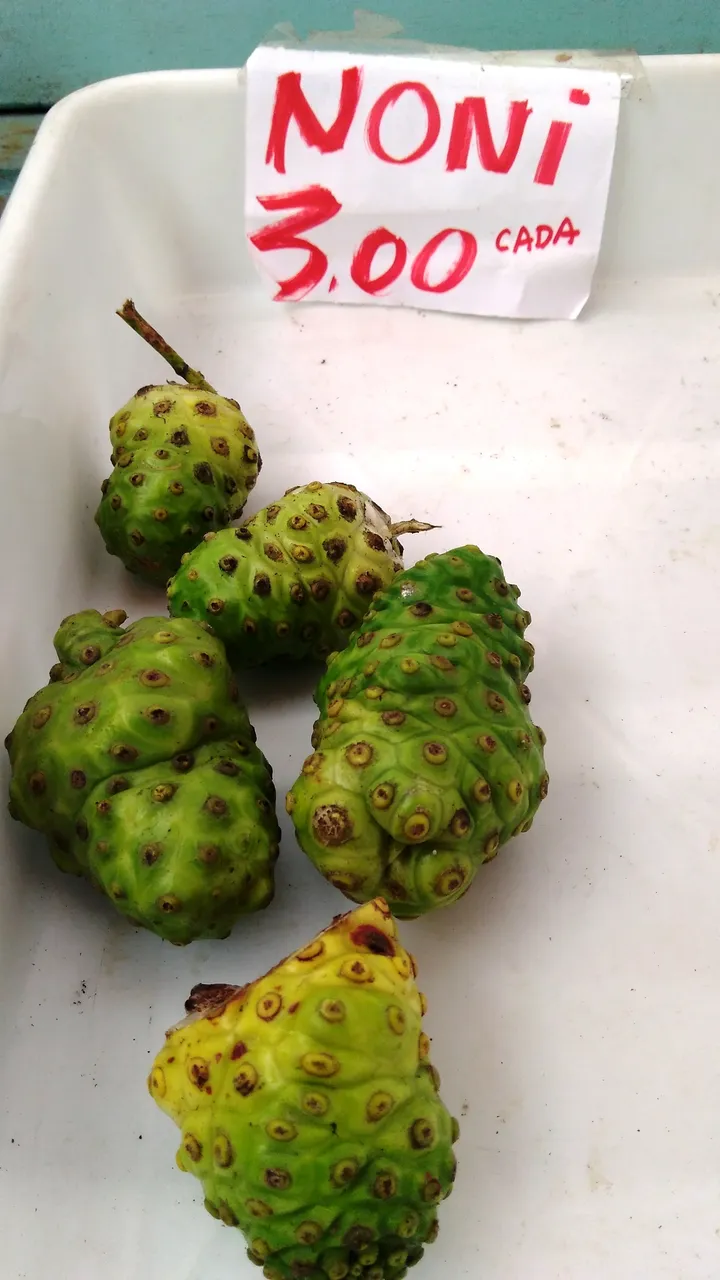
Paraty has lots of types of banana.
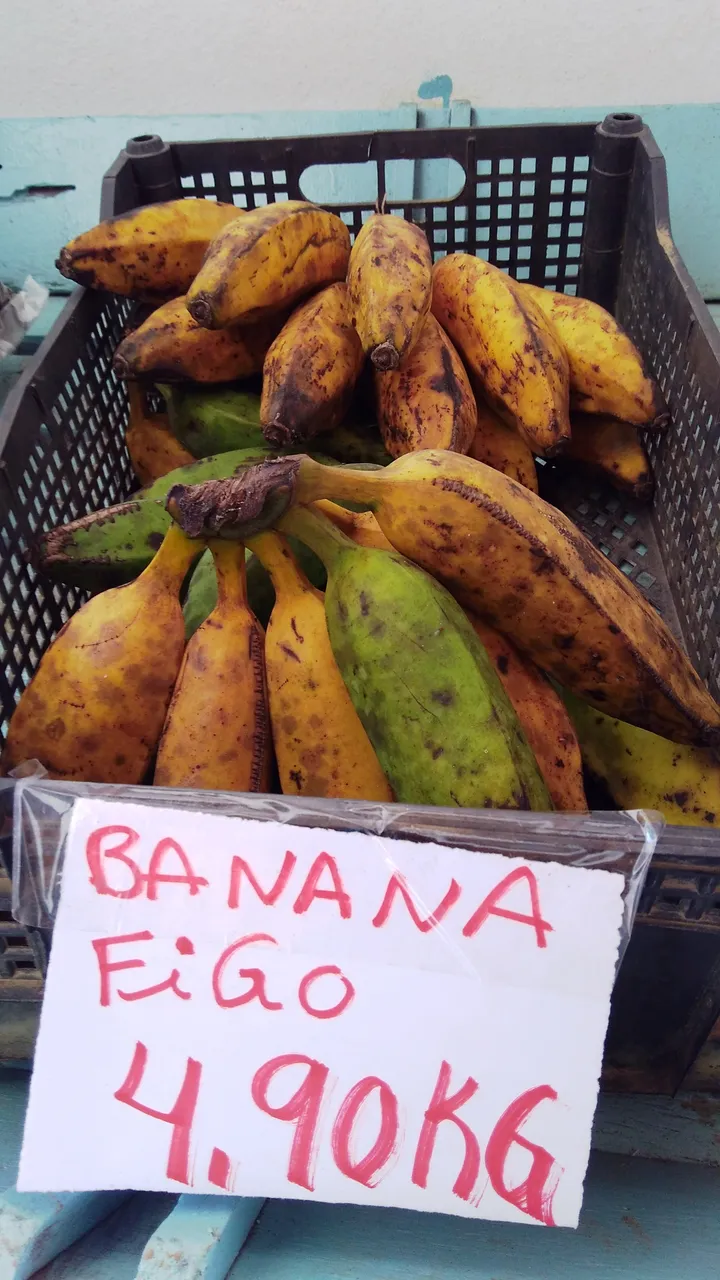
Can you spot the fresh cacao / cocoa pods (Theobroma cacao)?
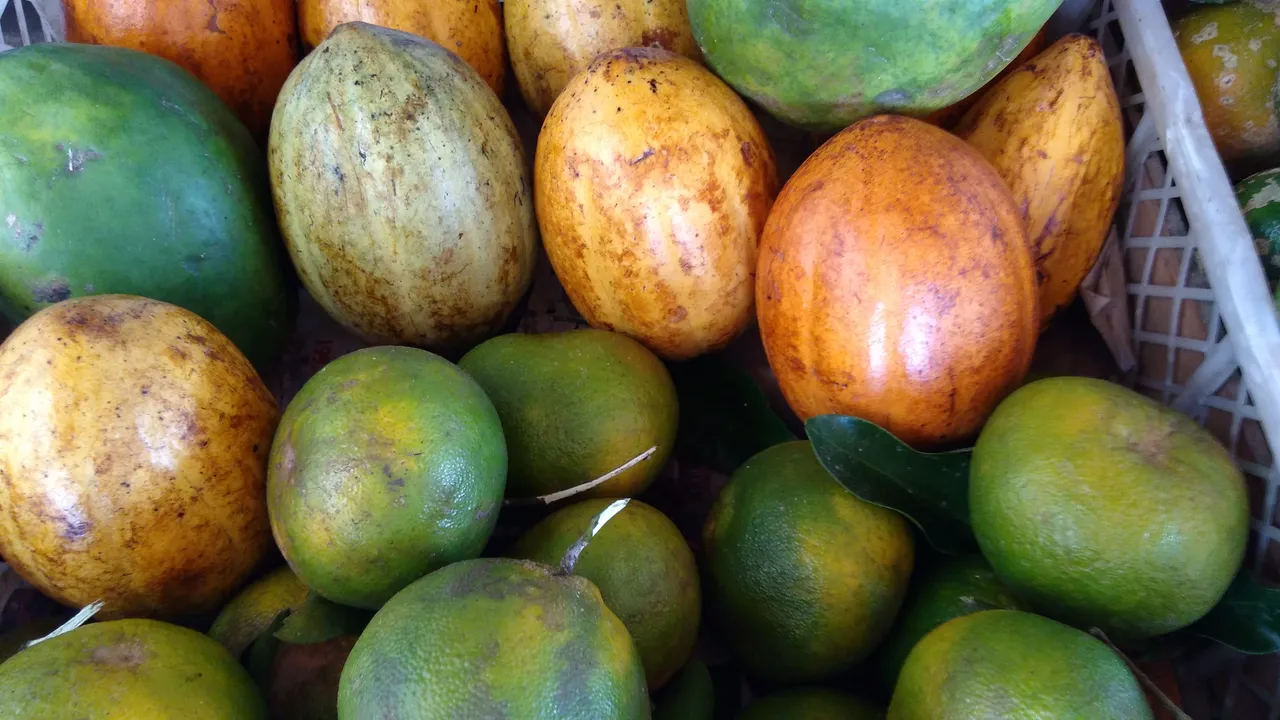
Various flours and preserves
Here you can see dried cacao nibs, ground cacao, and also little sachets of urucum (Bixa orellana). Urucum/coloral is used as a food colouring and flavouring, and is also well-known as being used by indigenous peoples as body paint.
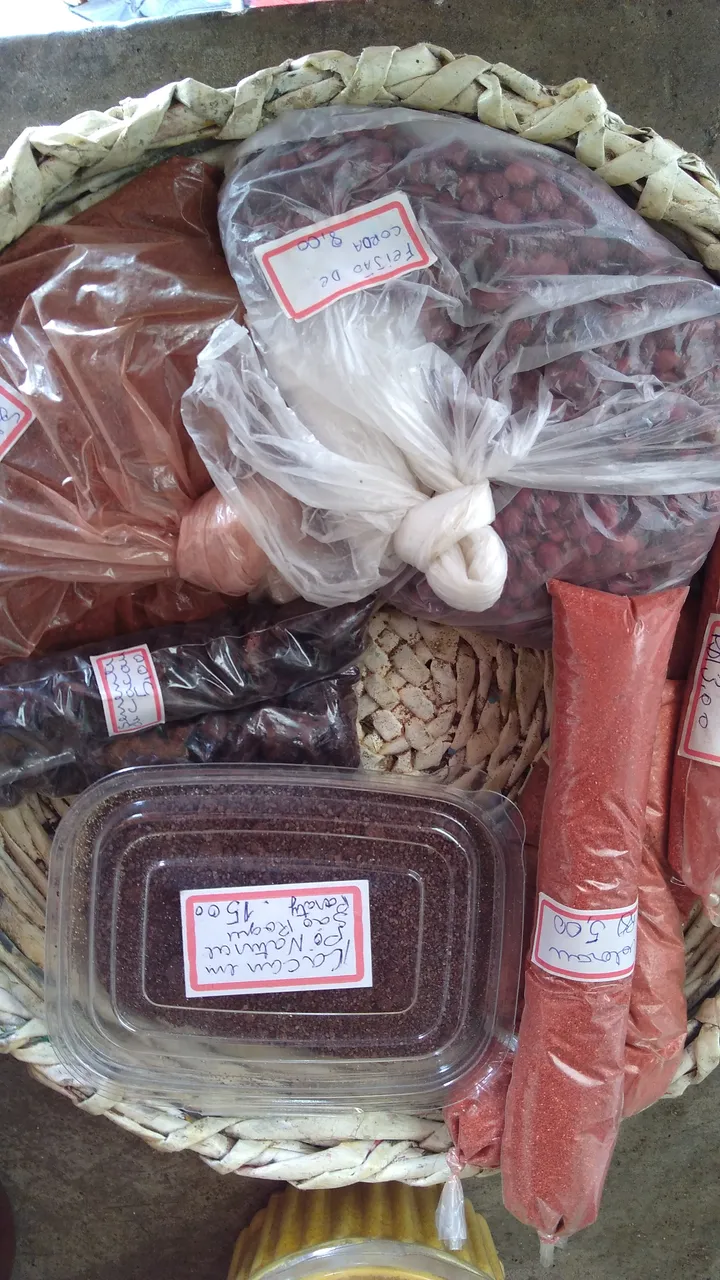
This is the palm heart of pupunha (Bactris gasipaes), a type of palm from the Amazon. Unlike the local native palms the palm heart does not oxidise in contact with air and also it is extraordinarily productive in terms of the fruit it produces. It also matures much more rapidly than the local jussara palm (Euterpe edulis), so it is very attractive for local producers to grow it.

Here are the fruit of the pupunha jarred and conserved.
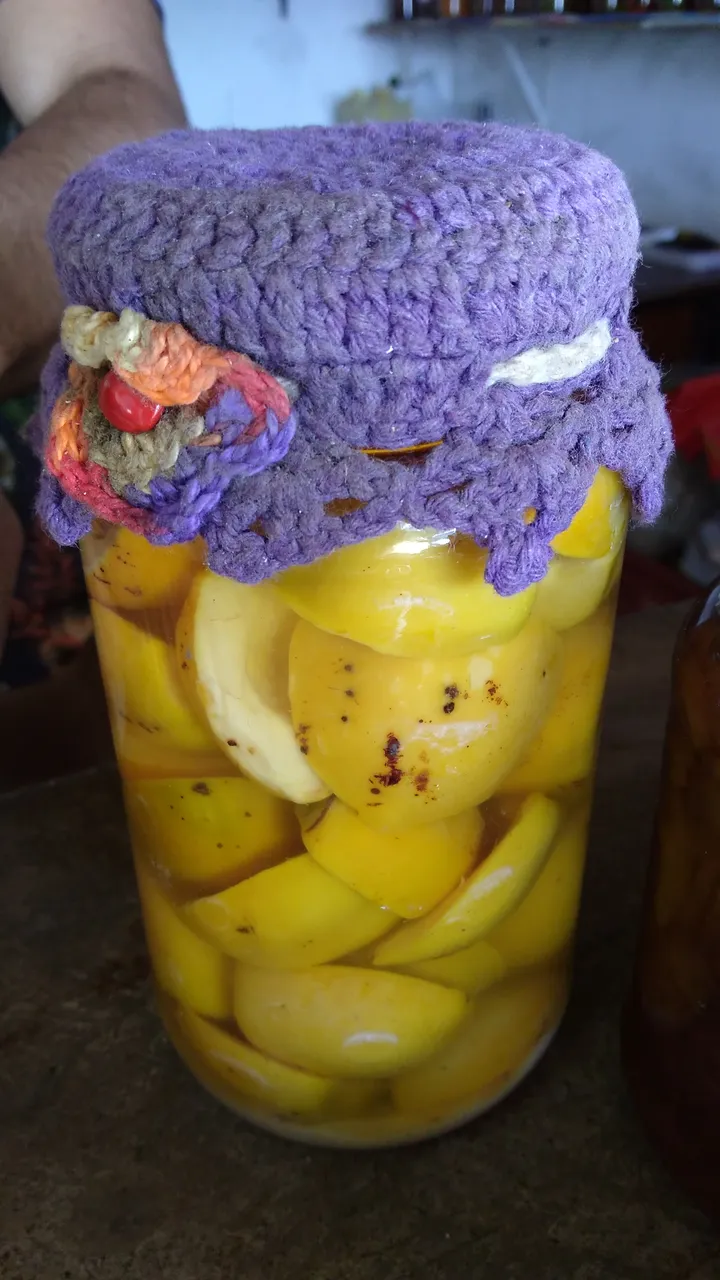
Here are the fruit of the pupunha dried and turned to flour.
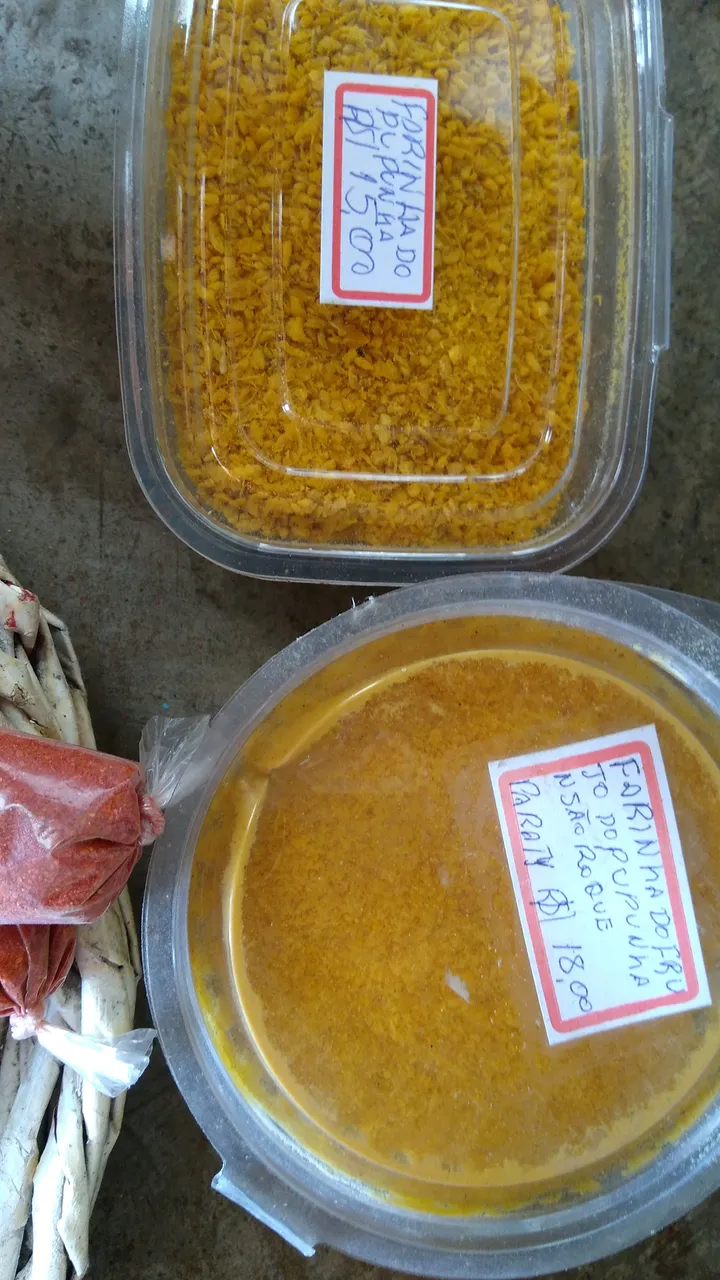
Dona Elizabeth sells many conserves. On the top shelf is a load of manioc flour (this gets sprinkled on top of beans during meals), on the lower shelf is an array of jarred chilis, many of which are malagueta (Capsicum sp.).

Jarred red-jambo fruit (Syzygium malaccense), actually originates from Southeast Asia, has a lovely delicate aromatic taste.

Here is conserved jackfruit (Artocarpus heterophyllus). This tree is native to parts of South and Southeast Asia, spreads rapidly and is very productive, and is often regarded as a pest, often it's fruit is left to go to waste. I might blog another time about the potential of using it's fruit green.
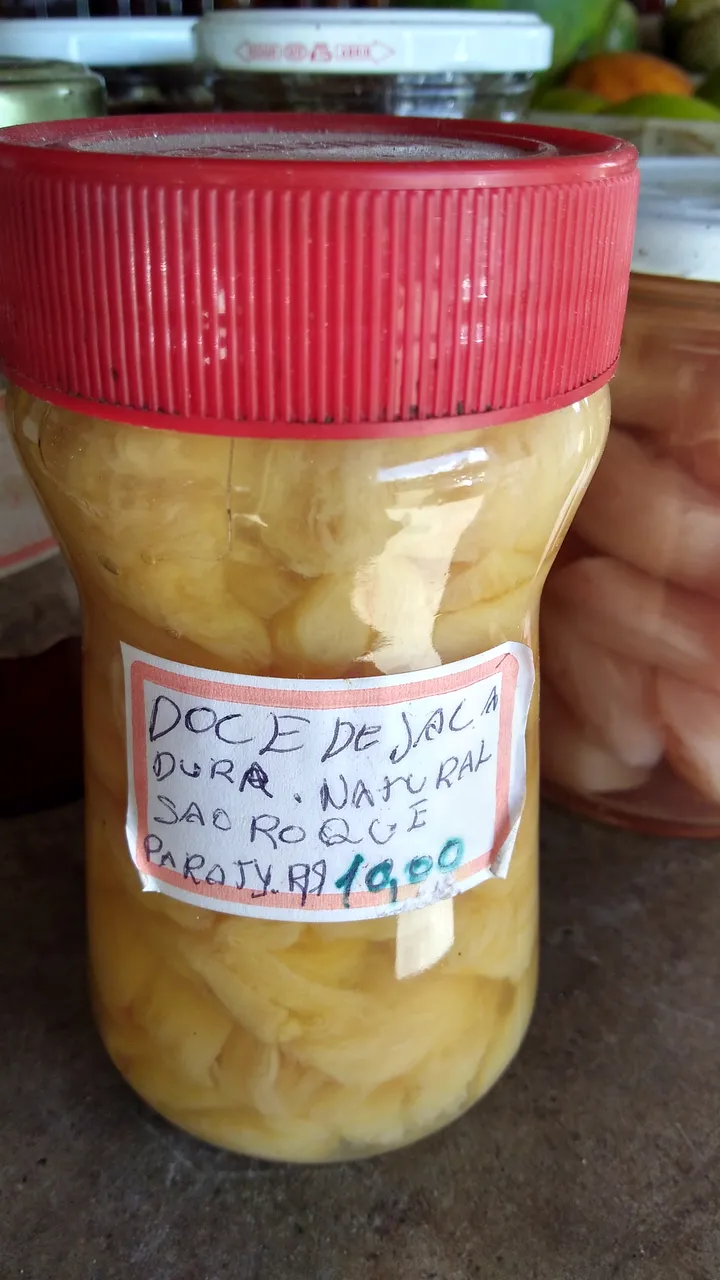
Crafts
The fair is also a place for art and craft. Here we can see the woody cask of the cupuaçu being decorated and sold as art.

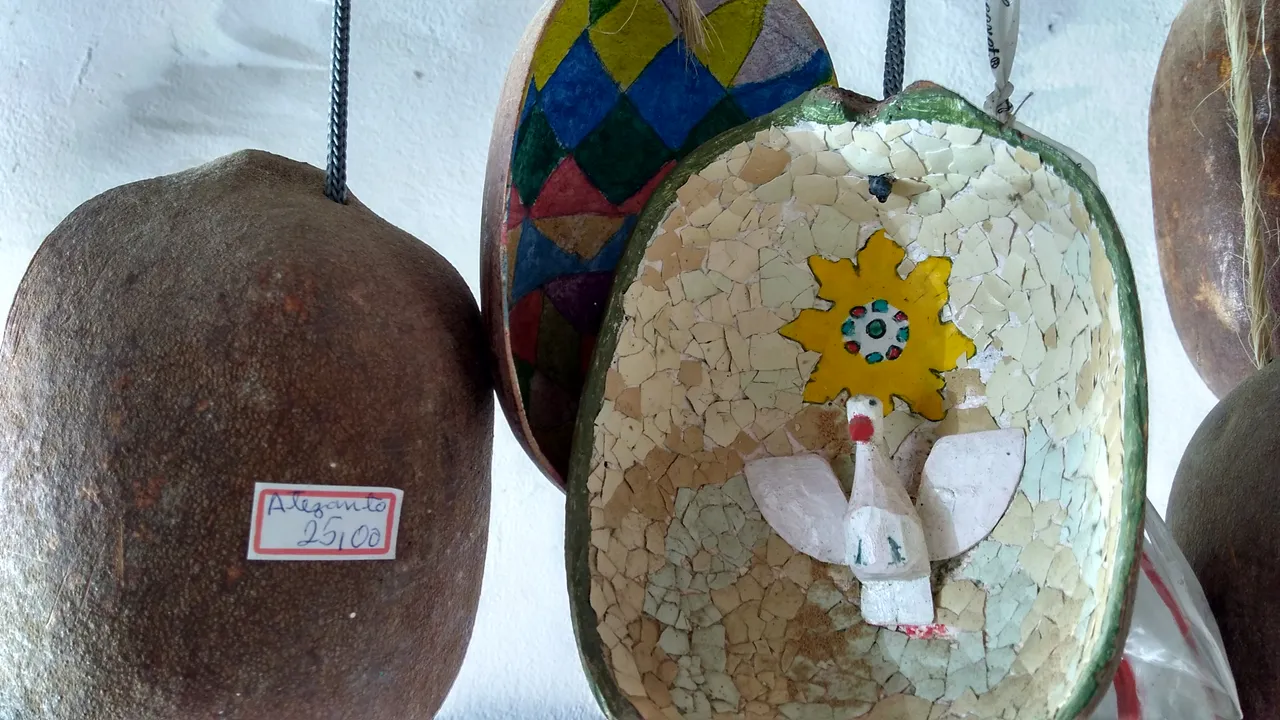
Dona Maria sells her own basketry, made from various types of vines and reeds and so on (that's another ethnobotanists job!).
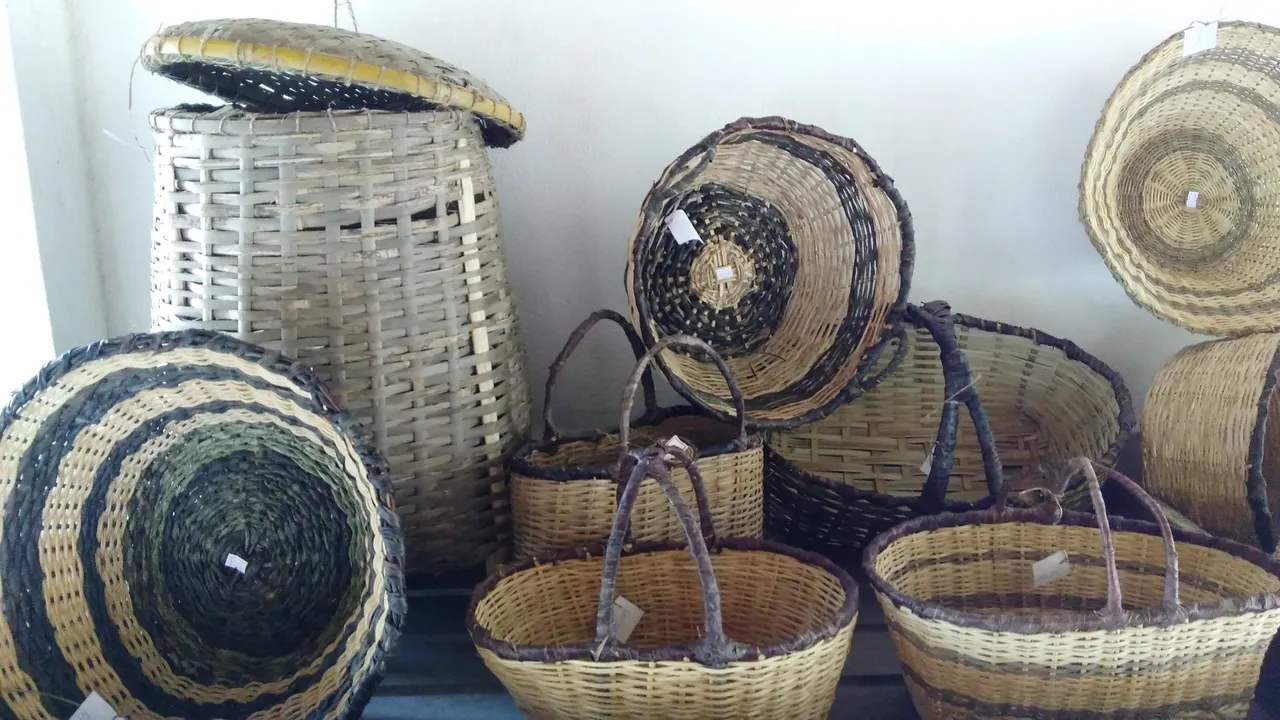
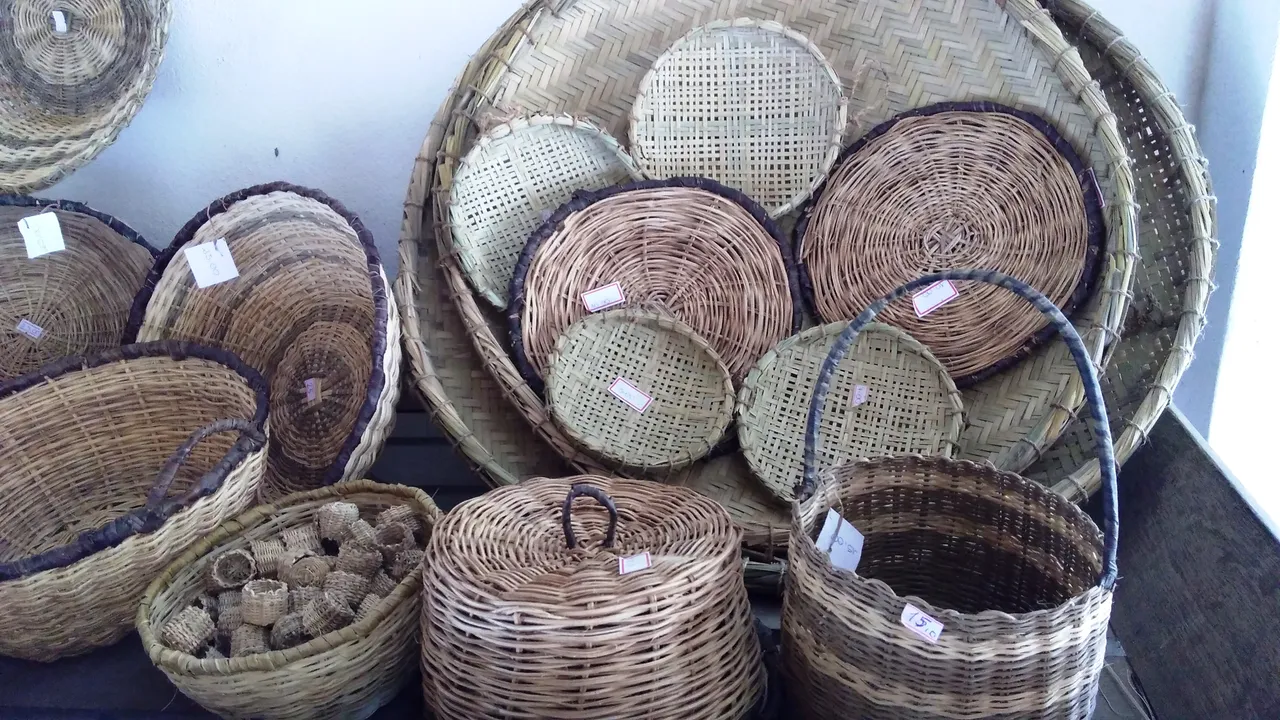
These sponges are actually made from the fibrous tissue skeleton of luffa gourds.
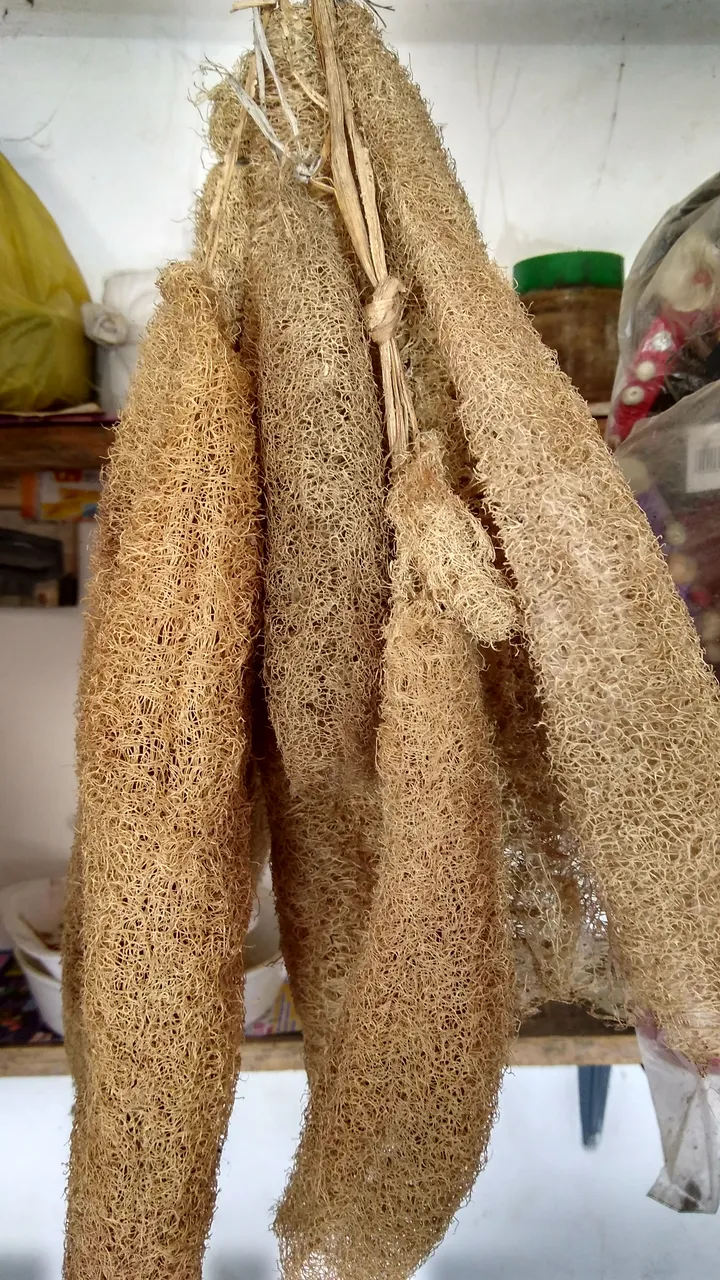
Seedlings
The fair is also a place for buying various seedlings ('mudas').
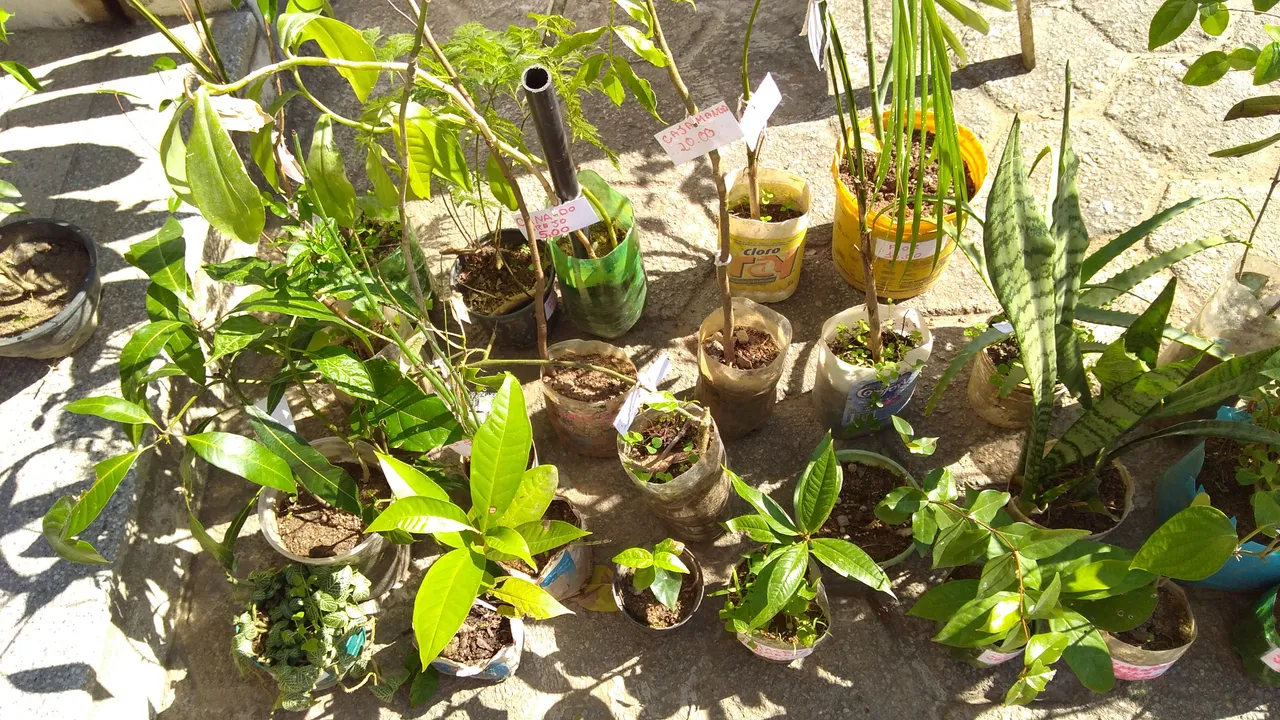
Many of them are plants that are normally considered to be wild species such as this plantain (Plantago australis), which is valued for food and also medicine. The line between wild and domesticated is not always so obvious.
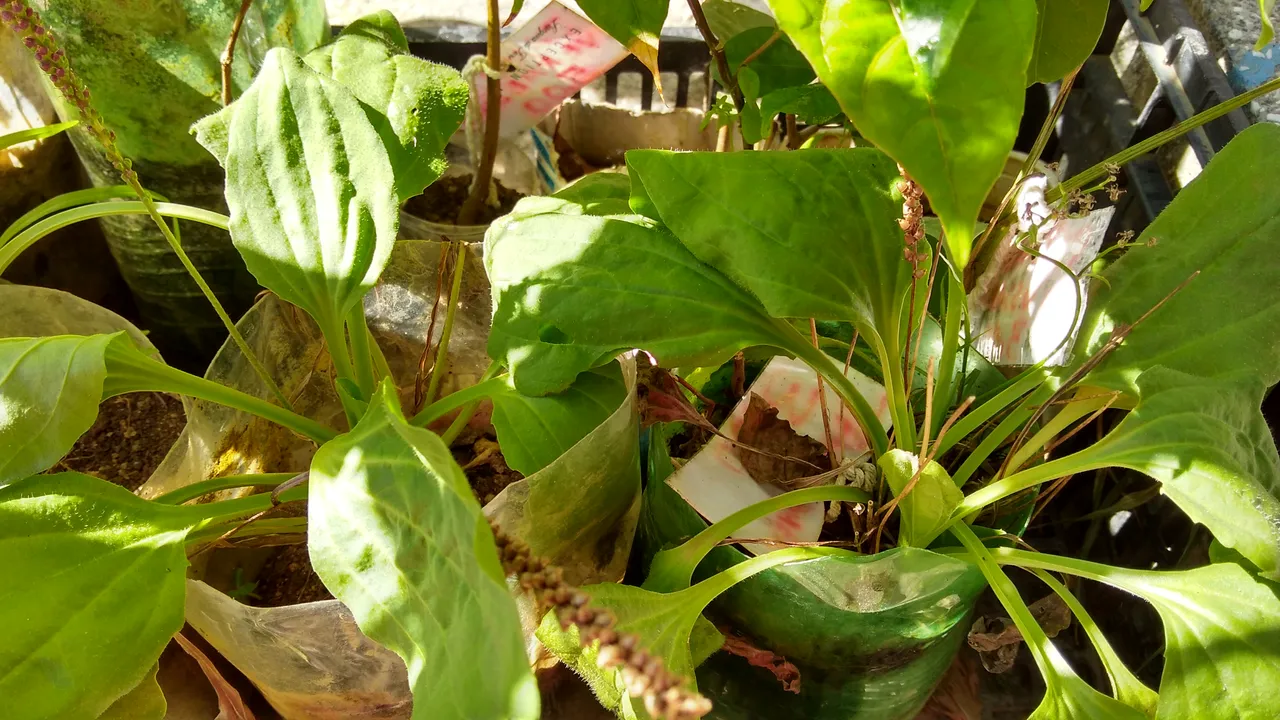
Sin é
That's it, a whirl-wind tour of the local market. I hope you enjoyed seeing some of the typical produce that is traded locally here. Of course Paraty also has a couple of supermarkets and many people prefer to use them over the local markets. Saying that, the market still has a steady pool of loyal local customers. It's a shame that more tourists aren't directed here. Many people say that the local prefecture seems to prioritise tourism as the main industry of Paraty, to the neglect of agriculture, and to the neglect of the potential of linking tourism and agriculture. As you can see, there are all sorts of interesting local produce that could be lots of interest to visitors, never mind the potential for farm visits and vivências.
Declaration: All the above photos are my own.
If you enjoyed - Upvote & Follow!